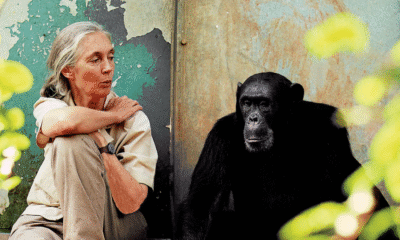News
A Crime Against Women Every Minute: India’s Disturbing Reality
The recent rape and murder of a young female doctor at Kolkata’s RG Kar Medical College has reignited a nationwide debate on the safety of women in India. The brutal crime has not only led to widespread protests but also drawn attention to the increasing incidence of violence against women, a phenomenon that seems to be escalating with each passing year.
As India grapples with this heinous act, it’s crucial to reflect on the broader context of such crimes. The National Crime Records Bureau (NCRB) report for 2022 paints a grim picture: with over 4,45,000 cases of crimes against women reported that year, it equates to a staggering 51 cases every hour. These statistics are not just numbers; they represent lives shattered, dreams destroyed, and families left in despair.
A Society in Crisis
The murder in Kolkata is not an isolated incident but rather part of a disturbing trend that spans across the nation. Whether it’s the metropolitan chaos of Delhi, the crowded lanes of Uttar Pradesh, or the remote areas of Rajasthan, the threat of violence looms large for women in every corner of the country. The NCRB report highlights that Delhi recorded the highest crime rate against women, with an alarming figure of 144.4 crimes per lakh population, far exceeding the national average. Uttar Pradesh, known for its historical and cultural heritage, now also carries the burden of being the state with the highest number of reported crimes against women.
These figures beg the question: What is fueling this surge in violence against women? While there is no single answer, several factors contribute to this crisis. Deep-rooted patriarchy, societal apathy, a sluggish justice system, and the normalization of misogyny all play a role. Women in India face discrimination from birth, and this bias often manifests violently as they grow older.
Beyond the Statistics: The Human Cost
Behind every statistic is a woman who faced unimaginable horror. The case in Kolkata is just one of many that illustrate the deep-seated issues plaguing Indian society. This young doctor’s tragic end is a stark reminder of the risks women face, even in supposed safe spaces like educational institutions and workplaces. Her death has sparked protests, not just because of the brutality of the act, but because it reflects a systemic failure to protect women.
The public outcry following this incident is reminiscent of the anger and grief that followed the infamous 2012 Nirbhaya case. Yet, a decade later, have we truly made progress? While laws have been strengthened and awareness has increased, the frequency of such crimes suggests that the underlying attitudes towards women have not significantly changed.
Addressing the Crisis: Where Do We Go From Here?
The outrage over the Kolkata case, like many before it, will eventually fade from the headlines, but the problem remains. What India needs is not just reactive measures but a proactive approach to ensure the safety of women. This involves not only stringent law enforcement but also a societal shift in how women are perceived and treated.
Education plays a crucial role in this transformation. From a young age, boys and girls must be taught the values of respect, equality, and consent. Gender sensitization should be a part of the curriculum in schools and colleges, and workplaces must enforce strict policies against sexual harassment. Moreover, the judicial system needs to be more efficient in handling cases of violence against women, ensuring that justice is swift and certain.
The rape and murder of the young doctor in Kolkata is a tragic reminder of the vulnerability of women in India. It underscores the urgent need for societal change and government intervention. As citizens, it is our responsibility to demand accountability and push for reforms that can prevent such atrocities from occurring. While the numbers are staggering and the challenges are immense, change is possible—if there is collective will.
We must remember that every statistic is a story, every number a life. And as long as even one woman feels unsafe in India, our work is far from done. The time for complacency is over; it’s time for action.



































